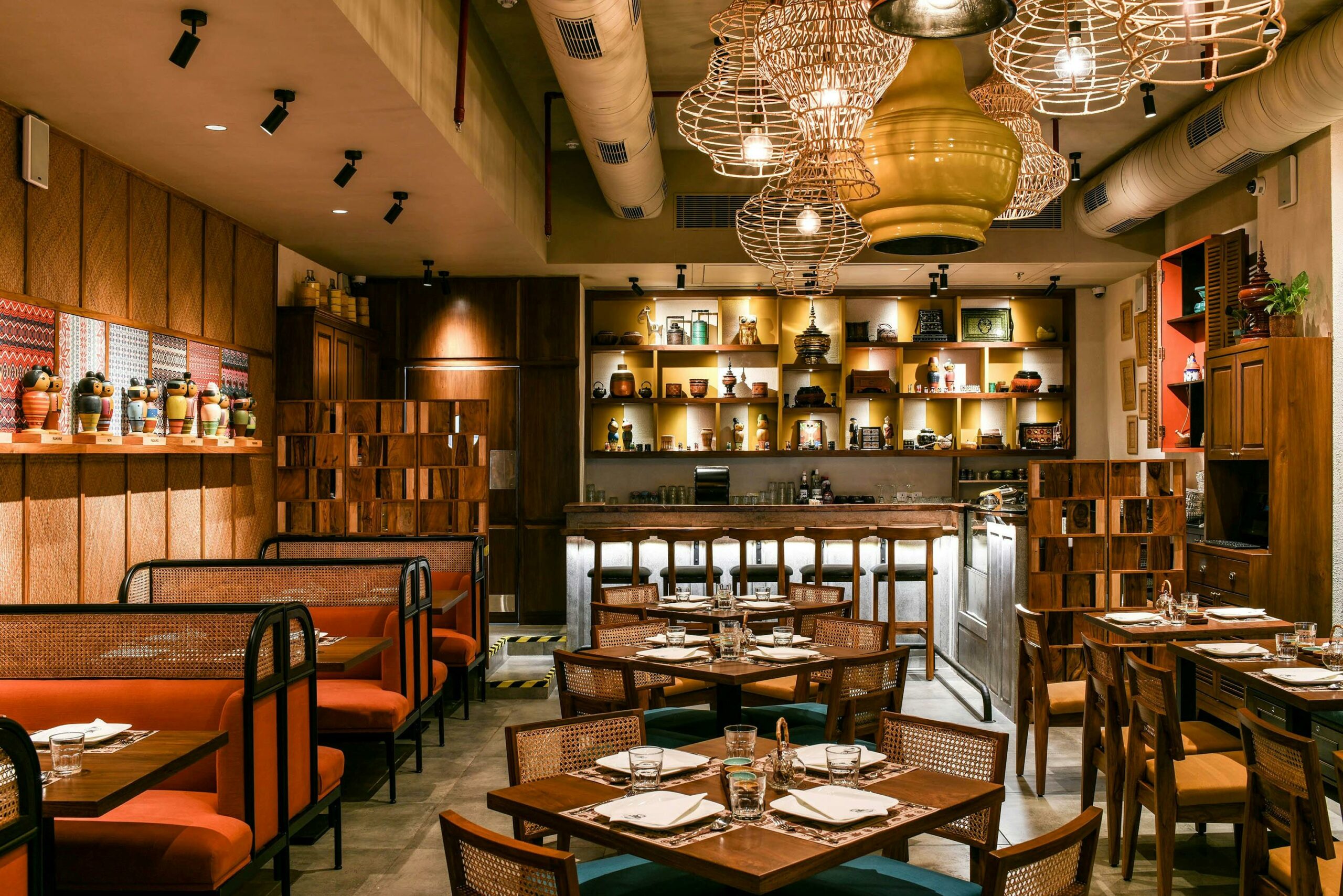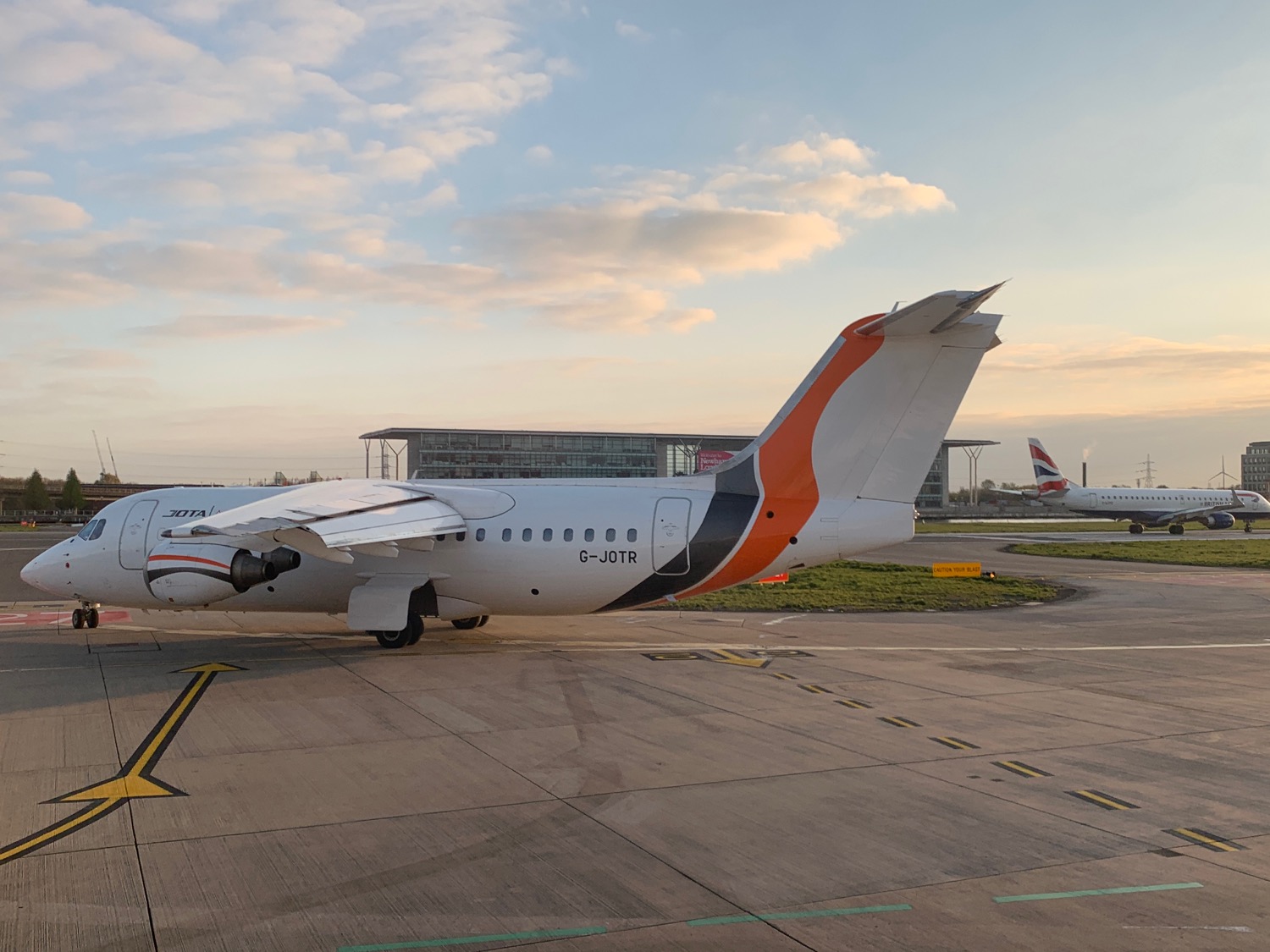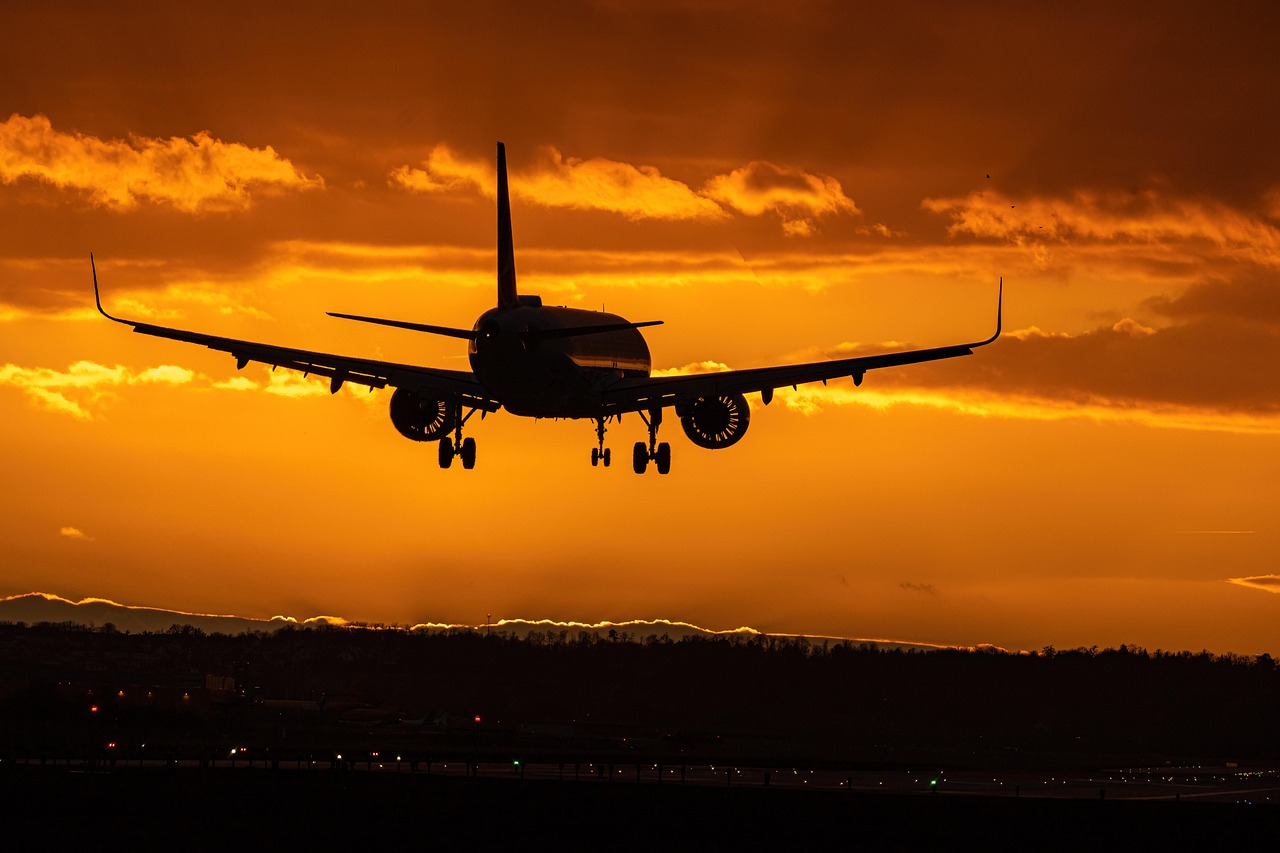
Tech Driven Sustainability: Food Wastage Management
Machine Learning systems, for instance by using Historical sales data can predict the overstocking of the food items. This technology driven strategy supports international initiative of reducing food wastage by 50% by 2030.
The Future of Virtual Reality
Virtual Reality (VR) technology can give interactive, immersive dining experience. VR technology can give diners virtual kitchen tour and even offer cooking classes with chefs- all from the comfort of their seats. According to PwC report VR technology can boost global economy by $1.5 trillion by 2030, benefitting the hospitality sector the most.
Voice Recognition Technology
Voice Recognition Technology can benefit user in placing order, make reservations and providing feedback. This technology will change how customer interact with the Restaurants. According to Juniper Research Report, the growing demand for voice activated assistants can increase up to 320% this year, shows growing reliance on voice assistant service in customer interaction.
Contactless Convenience: QR codes and Beyond
Cashless payments in Restaurant have seen major spike and people prefer ordering through QR codes and digital wallets. The cashless culture is expected to dominate accounting for more than 80% restaurants. QR codes have already seen major dominance in this market, consumer prefer to order online and make payments through QR code which is hassle free. Post-COVID consumer behavior demands a minimal contact. QR menus, self-service kiosks and NFC payments reduce wait time. Guest also feels empowered and in control of their dining experience.
AI powered customer interactions
AI powered customer interactions are expected to revolutionize the dining this year. AI is improving customer service through chatbots that handle customer queries efficiently and answer customer question that can take order and make personalization based on customer preference. According to Gartner Report AI will manage 50% of all customer interactions, resulting in faster, more efficient service and higher customer satisfaction.
Predictive Inventory Management
Using this technology with the help of AI and Machine Learning model can forecast demand by past sales data, weather patterns and local events. This ensures that popular items are always on stock while maintaining waste by preventing over ordering. A recent Deloitte study reveals discovered that restaurants that implemented predictive inventory management systems saw a 30% reduction in food waste and 20% increase in profit margins.
Conclusion
Restaurants that cater to this technology will undoubtedly see an increase in sales and client happiness. They can gradually grow in the market by using these technologies. The Global Restaurant Technology market is anticipated to rise considerably during the forecast period between 2024 and 2032. The restaurant technology market revenue was Million USD in 2016, grew to Million USD in 2020, and will reach multimillion USD in 2026 with an impressive CAGR during 2020-2026.



